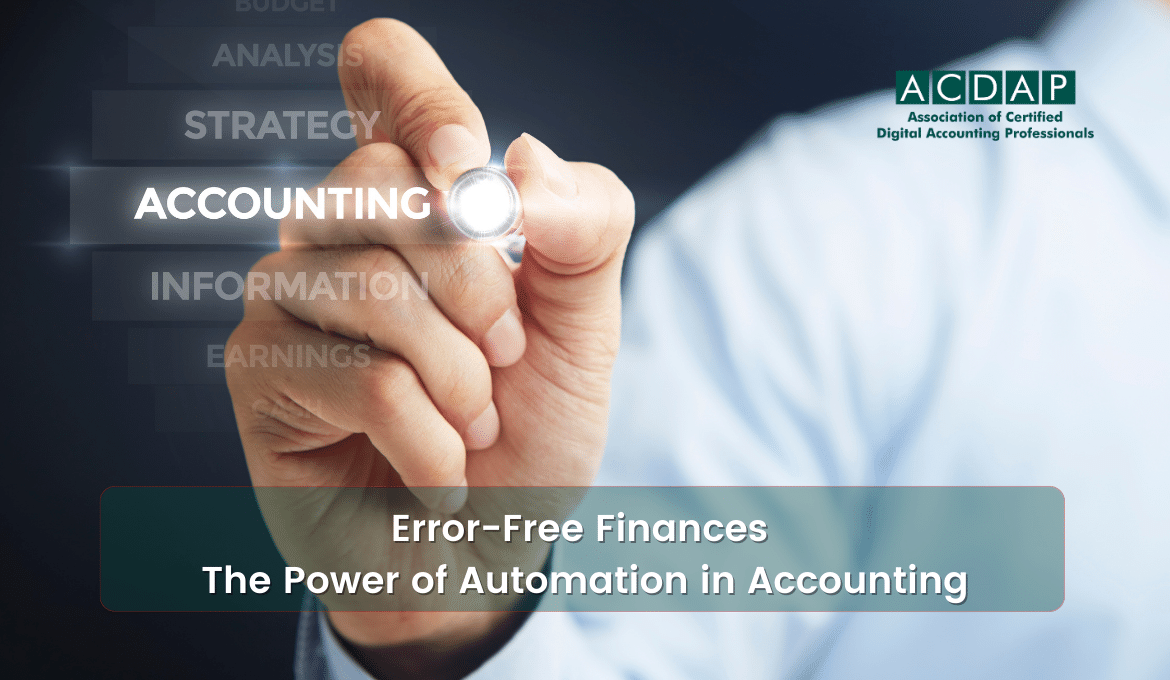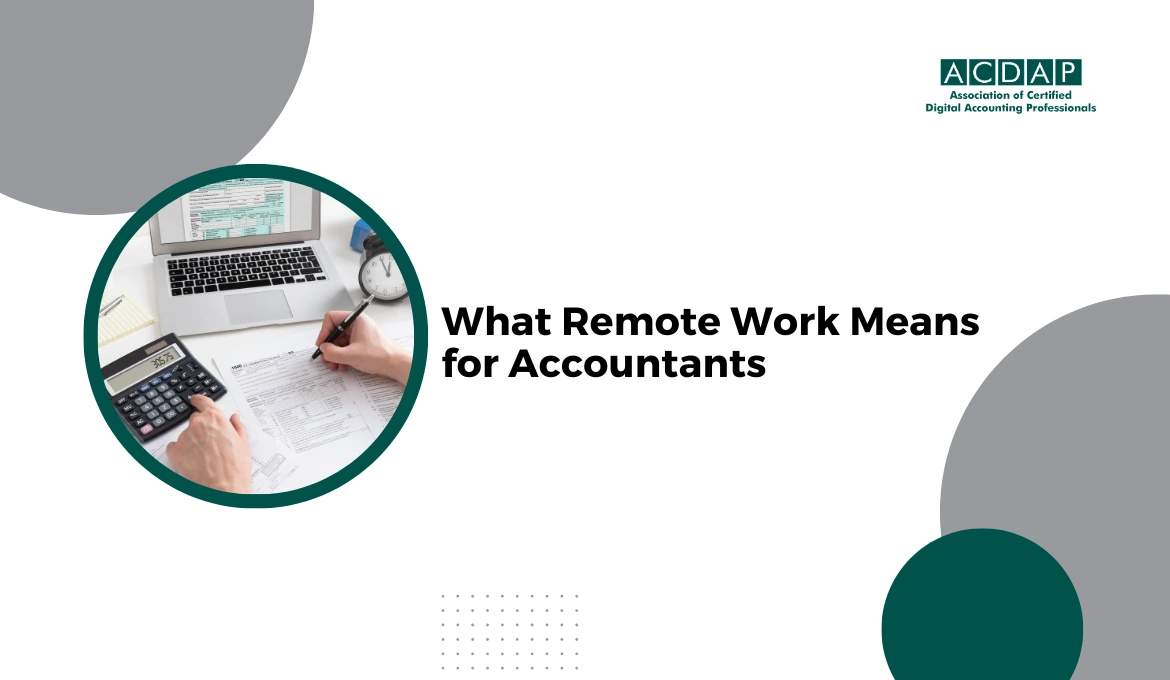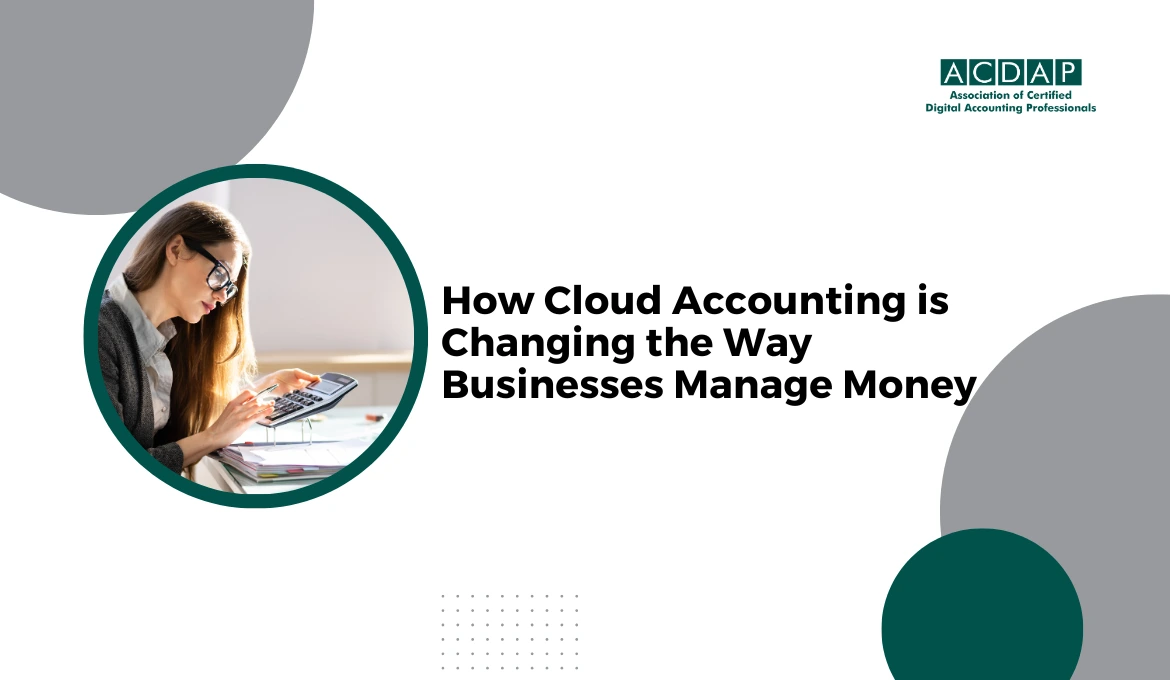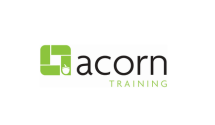In the world of finance and accounting, precision and accuracy are paramount. A minor mistake can lead to significant financial losses, damaged reputations, and even legal consequences. As businesses grapple with an ever-increasing volume of financial data, the role of automation in accounting has become crucial.
By harnessing the automation power automation, businesses can reduce errors and improve financial accuracy, ensuring their financial operations run smoothly and efficiently. This blog will explain the benefits of automation in accounting and provide tips and best practices for businesses to implement it effectively.
Understanding Automation in Accounting
Automation in accounting is about using technology to perform routine financial tasks, such as data entry, calculations, and reporting, without manual intervention. This technology can encompass various tools and software, including accounting software, data extraction tools, and machine learning algorithms that streamline financial processes.
The Impact of Automation
The implementation of automation in accounting has transformed the way businesses manage their finances. Here's how it has revolutionised the accounting landscape:
- Reduced Human Error: One of the most glaring benefits of automation in accounting is the minimisation of human error. People are prone to mistakes, but software and algorithms consistently apply predefined rules and calculations, reducing the chances of mistakes.
- Time and Cost Savings: Automation allows businesses to complete tasks in a fraction of the time it would take manually. This translates into cost savings as fewer labour hours are required to handle routine financial processes.
- Enhanced Accuracy: Automation ensures that financial records are consistently accurate, making it easier for businesses to generate reliable financial statements and reports.
- Improved Compliance: With ever-evolving tax laws and regulations, compliance is critical for businesses. Automated accounting systems can ensure that financial practices align with current regulations, reducing the risk of costly compliance violations.
- Real-time Insights: Automation provides businesses access to real-time financial data and insights. This enables better decision-making and quick response to changing financial conditions.
Implementing Automation in Accounting
Selecting the appropriate accounting software is the cornerstone of successful automation. Here are a few considerations when choosing software:
- Scalability: Ensure that the software tool can grow with your company. You want to develop your accounting solution.
- User-Friendly: The software should be user-friendly and compatible with your team's skills and expertise.
- Integration: Look for software that seamlessly integrates with your business's other tools, such as payroll systems or inventory management software.
Data Extraction Tools
Manual data entry is tedious and error-prone. Data extraction tools can automate this process by pulling data from invoices, receipts, and other financial documents. This saves time and reduces the risk of mistakes.
Automated Reconciliation
Reconciliation, the process of matching financial records to ensure they align, can be a painstaking task. Automation tools can match records with high precision and flag discrepancies for review. This not only saves time but also ensures that financial statements are accurate.
Continuous Monitoring
Automated accounting systems can continuously monitor financial transactions, looking for irregularities or potential fraud. This real-time monitoring can help businesses identify issues before they become significant problems.
Regular Software Updates and Training
As technology evolves, accounting software gets regular updates. Stay current with these updates to take advantage of new features and security enhancements. Additionally, invest in training for your accounting team to ensure they can effectively utilise the software's capabilities.
Best Practices for Effective Implementation
Implementing automation in accounting requires a well-thought-out strategy. Here are some best practices to ensure a smooth transition:
- Define Clear Objectives: Start by defining your objectives for automation. What specific financial processes do you want to automate, and what outcomes are you expecting? A clear vision will guide your implementation.
- Data Security: Ensure that your chosen automation tools have robust security measures. Protecting sensitive financial data is of paramount importance.
- Plan for Change: Automation can significantly change your accounting team. Communicate the changes, provide training, and ensure they are comfortable with the new processes.
- Test and Refine: Conduct thorough testing to identify any issues before fully integrating automation. This will allow you to refine the system and eliminate potential problems.
- Monitor and Adjust: Continuously monitor the system's performance and gather feedback from your accounting team. Be prepared to make adjustments to the automation process as needed.
Conclusion
Automation in accounting is a powerful tool that can significantly reduce errors and enhance financial accuracy. As technology evolves to advance, businesses need to embrace automation to stay competitive and compliant. Companies can streamline their financial processing and achieve error-free finances by choosing the right software, implementing data extraction tools, automating reconciliation, and ensuring continuous monitoring.
Remember that the automation journey requires careful planning, a commitment to data security, and a willingness to adapt. By following best practices and staying vigilant, your business can unlock the full potential of automation in accounting, ensuring a future of error-free financial management.


























